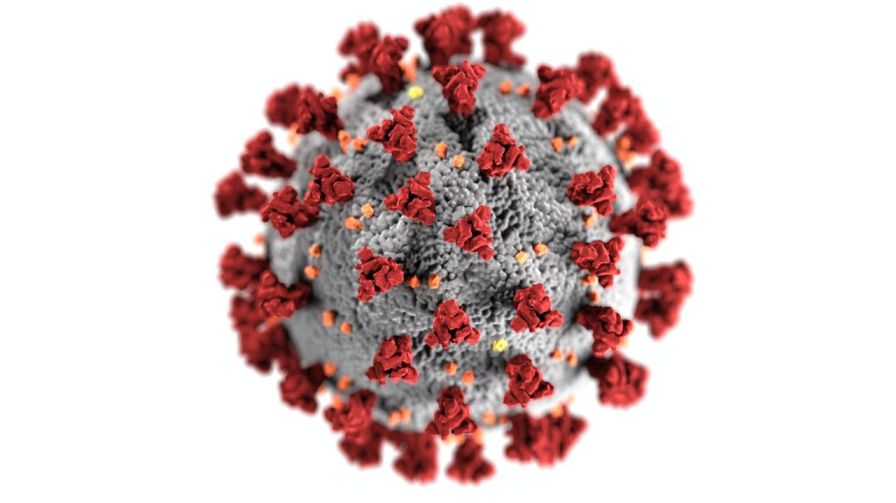H3N2:Within 48 hours of the commencement of symptoms, you should see a doctor so that treatment can be started to lessen the infection’s severity. Do not self-medicate; instead, take paracetamol and inhale steam until you speak with a doctor.

It has been determined that the Influenza A subtype H3N2 virus is to blame for the present wave of viral infections, which appear to be made worse by harsh weather, temperature changes, and rising levels of pollution. In spite of the fact that cases of this virus have been recorded from all across the nation over the past two months, the latest deaths one in each of Haryana and Karnataka have raised some concerns, prompting the Indian Medical Association (IMA) to issue advisories.
We need to resume COVID-era preventive practises because viruses are mutating at an accelerating rate. Additionally, don’t panic and avoid using arbitrary medications. You should be alright if you adhere to the doctor’s advice.
What is the H3N2 virus?
This influenza virus is brand-new. We have spent too much time focusing on the Corona virus, but keep in mind that all other influenza viruses constantly evolve their genetic variants. This mutant strain is more virulent, has been causing more serious infections, is making its way into the lungs, producing pneumonia, and has been known to cause drops in oxygen saturation levels in individuals with weakened lungs.
For this category of severe cases, we are observing hospitalisations and ICU admissions. It is best to stop viral pneumonia early because it may result in some long-term lung damage.
From its first discovery in 1968, the H3N2 virus has undergone significant development. The influenza virus comes in four different subtypes: A, B, C, and D. Yet, the A and B kinds are nearly often the ones to blame for seasonal respiratory diseases.
How often does this happen?
This year, the number of influenza cases is two to three times higher. Just 5% of them result in hospital admissions. The elderly and those with serious illnesses are more likely to be admitted.
What are the symptoms and signs? How long do they persist?
According to the IMA, the typical duration of an H3N2 illness is five to seven days, with the fever beginning to subside after three days. But, individuals shouldn’t start to fear because the coughing could last for up to three weeks. Though you may not have felt as congested in the first few days, you should not disregard it if you start to wheeze and have unexpected breathing problems after five days.
Similar to seasonal flu or other flus, the symptoms of the H3N2 virus are mild. Medical professionals find it challenging to distinguish it from the common flu based just on physical symptoms. But, the signs you should watch out for are a high temperature, chills, body aches, headaches, sore throats, coughing fits, a runny or congested nose, and extreme exhaustion. Very rarely, there have been cases of nausea, vomiting, and diarrhoea.
Who of the age groups is most at risk?
Also, the IMA noted that those under the age of 15 or over the age of 50 are the typical targets of this virus. Watch out, especially if you have children or co-morbidities.
What circumstances call for medical advice?
When symptoms first appear, you should see a doctor within 48 hours so that treatment can be started before the infection becomes severe. Avoid using paracetamol and steam inhalation until you have seen a doctor. Afterward, abide by any instructions given by the doctor.
For this virus, is there a medication?
Oseltamivir is a medication that fights viruses. It is managed by a set of rules established by the US Centers for Disease Control and Prevention (CDC). It advises “starting antiviral therapy with oral or enterically given oseltamivir as soon as possible” for individuals who are hospitalised. Oral administration is used for some. According to the severity, as I previously stated, the doctors will answer the phone.
Should everyone get an influenza shot?
Current flu vaccines are not updated to combat this strain of the virus, although you may still have some protection if you received one in the past. Of However, getting the flu vaccination now could not help you during the current wave since it takes your body four to six weeks to build up immunity. But everyone should get vaccinated against the flu every year, and people who have co-morbid conditions should also get vaccinated against pneumonia every year.
What distinguishes this virus from the H1N1 or swine flu viruses?
I would advise resuming Covid treatments and putting on a mask once more, especially in busy areas. The best defence against any viral infection is good self-care. To avoid contamination, wash your hands before touching your face, nose, or mouth and before eating.
Have a pocket sanitizer with you. Stay away from those who have the H3N2 virus, the seasonal flu, or influenza. To boost immunity, don’t forget to get the flu shot each year and eat a lot of fruits and green leafy vegetables. Drink a lot of water. Eat low-spice, low-fat, home-cooked cuisine. To avoid dehydration, stay away from foods heavy in sodium or sugar.